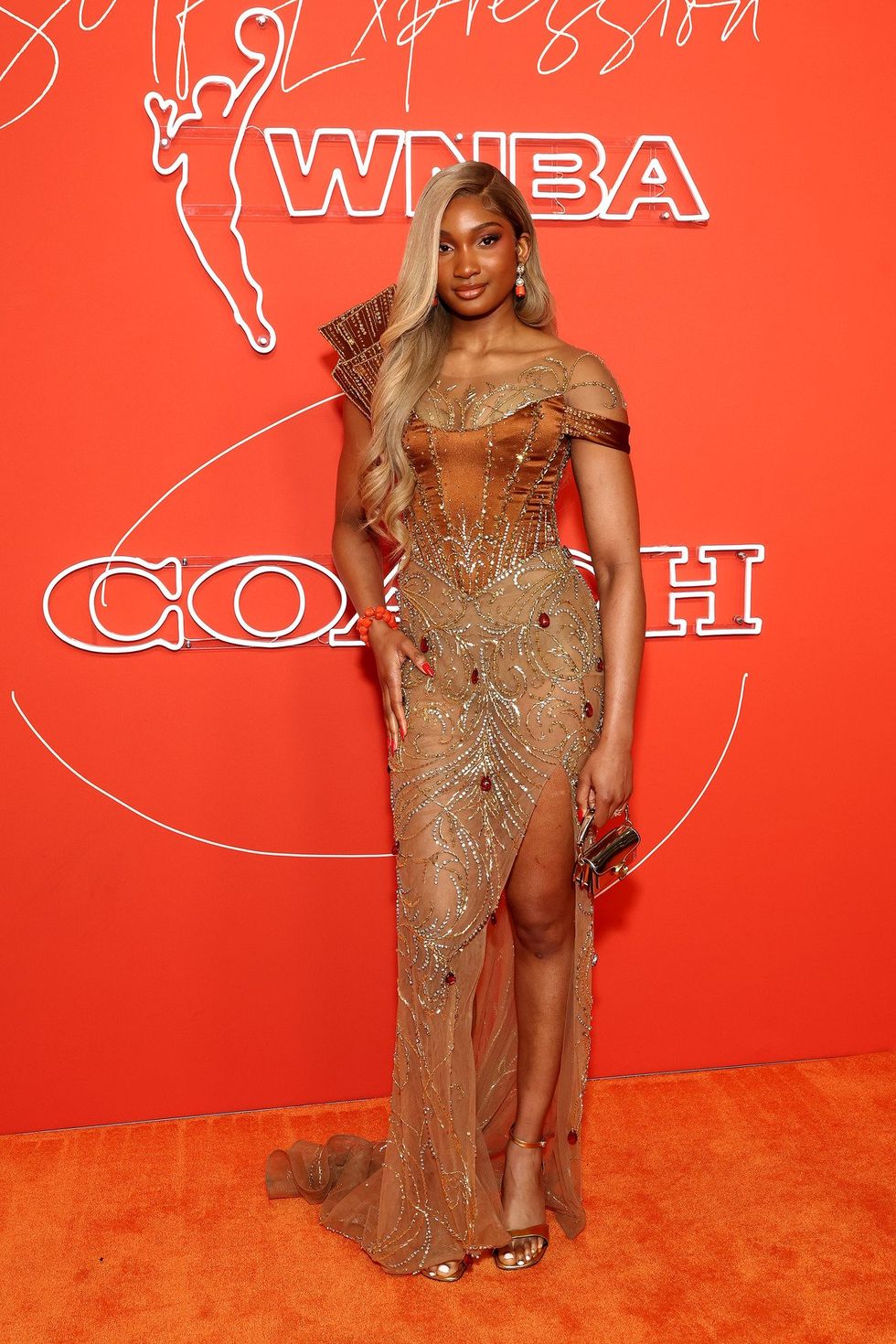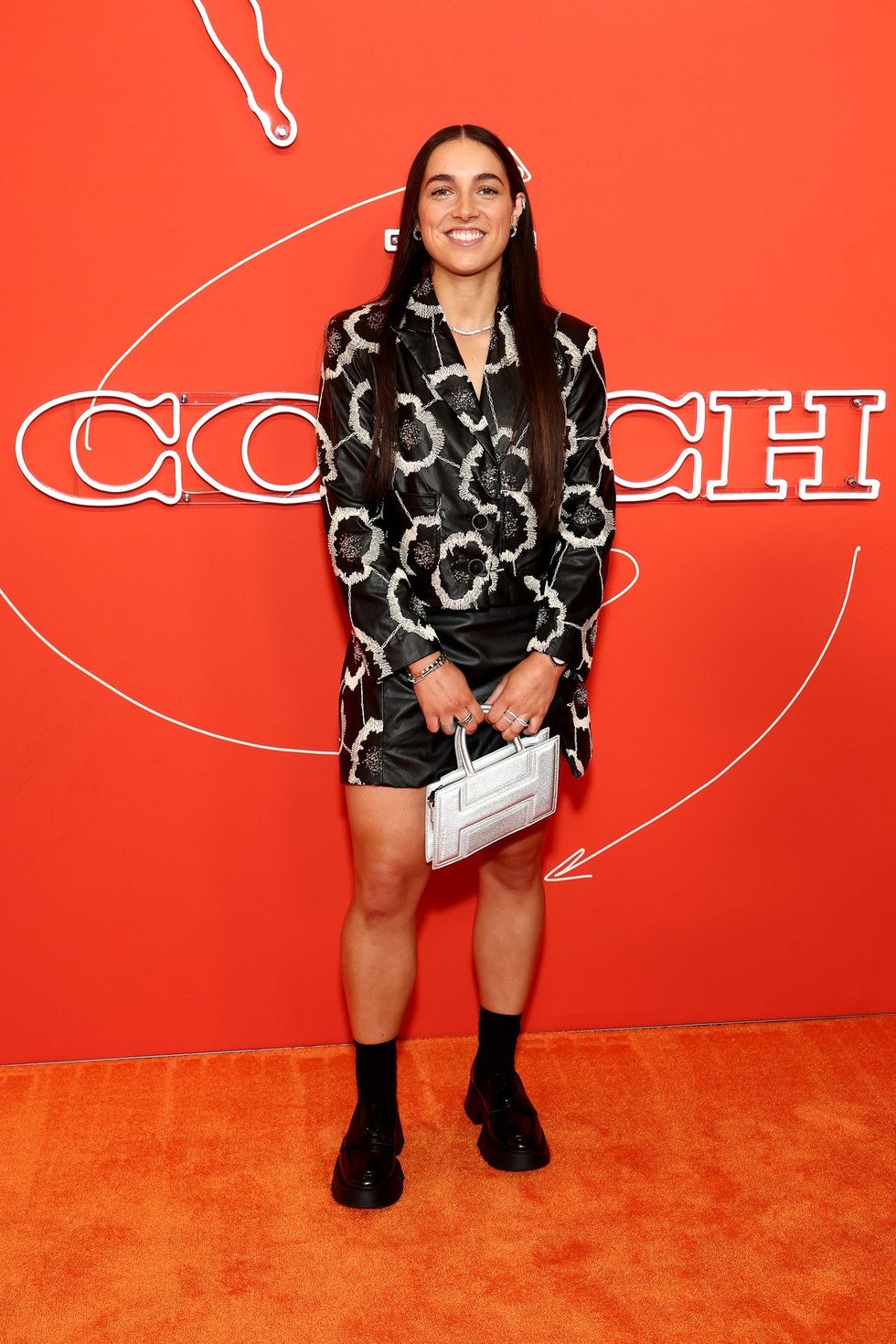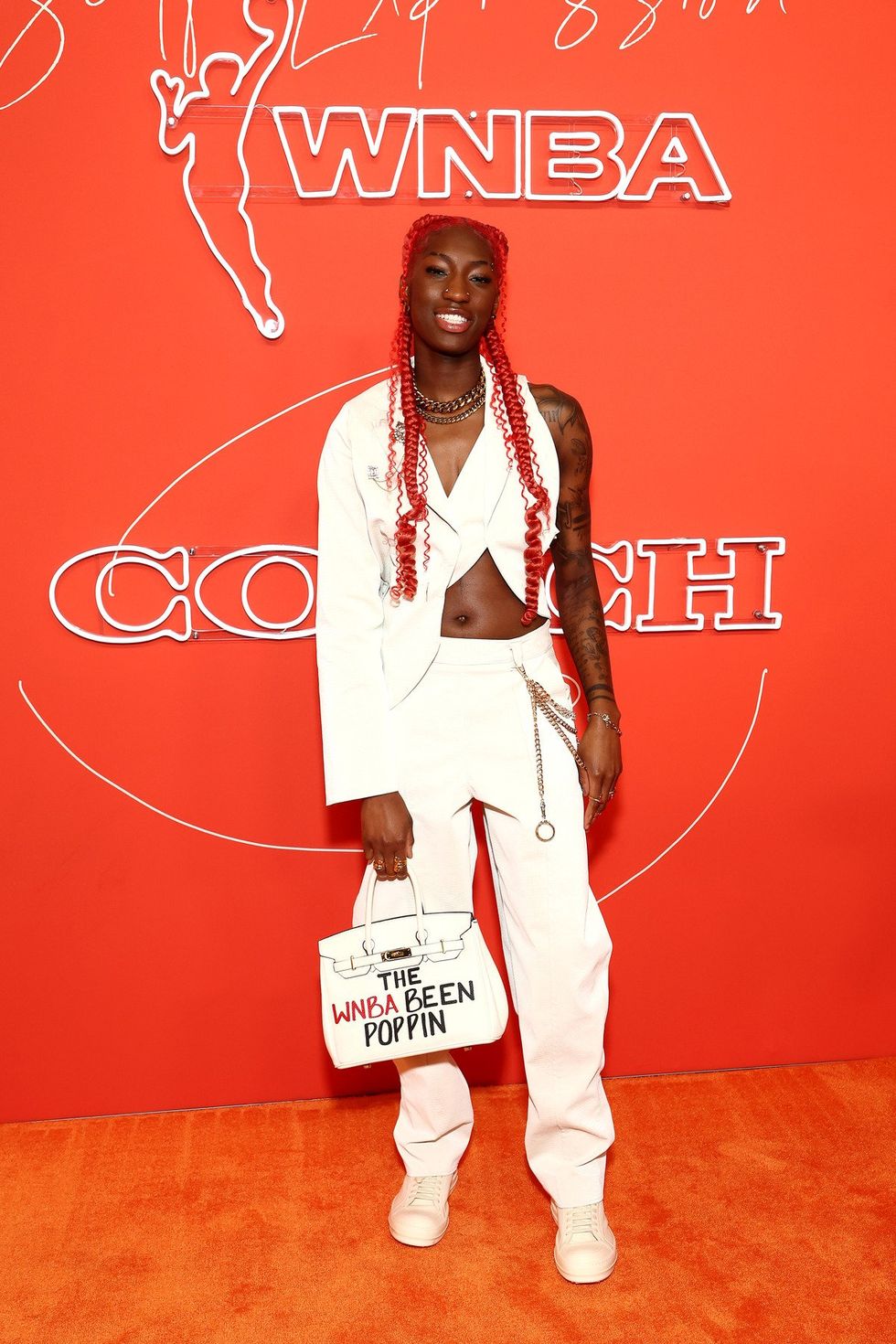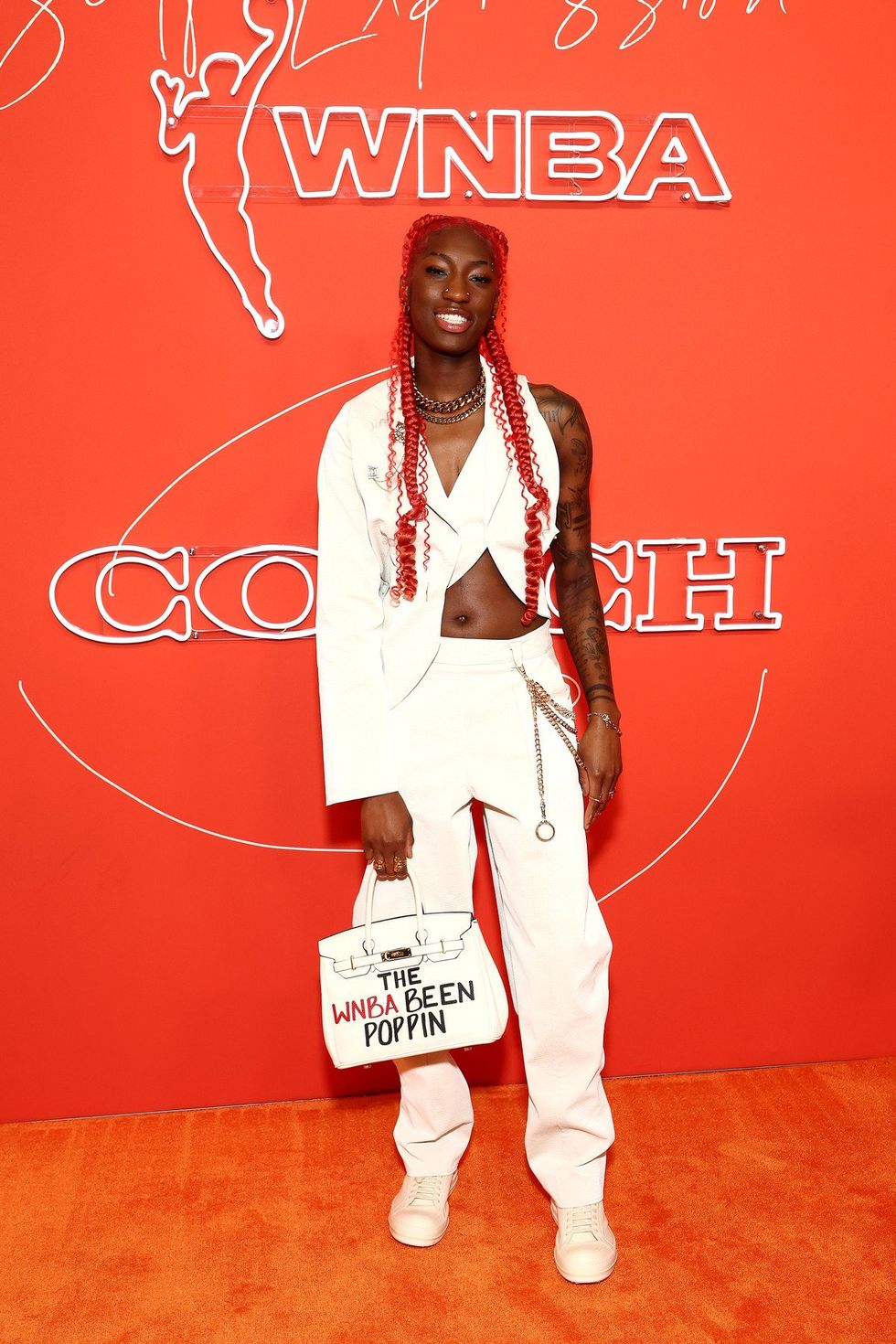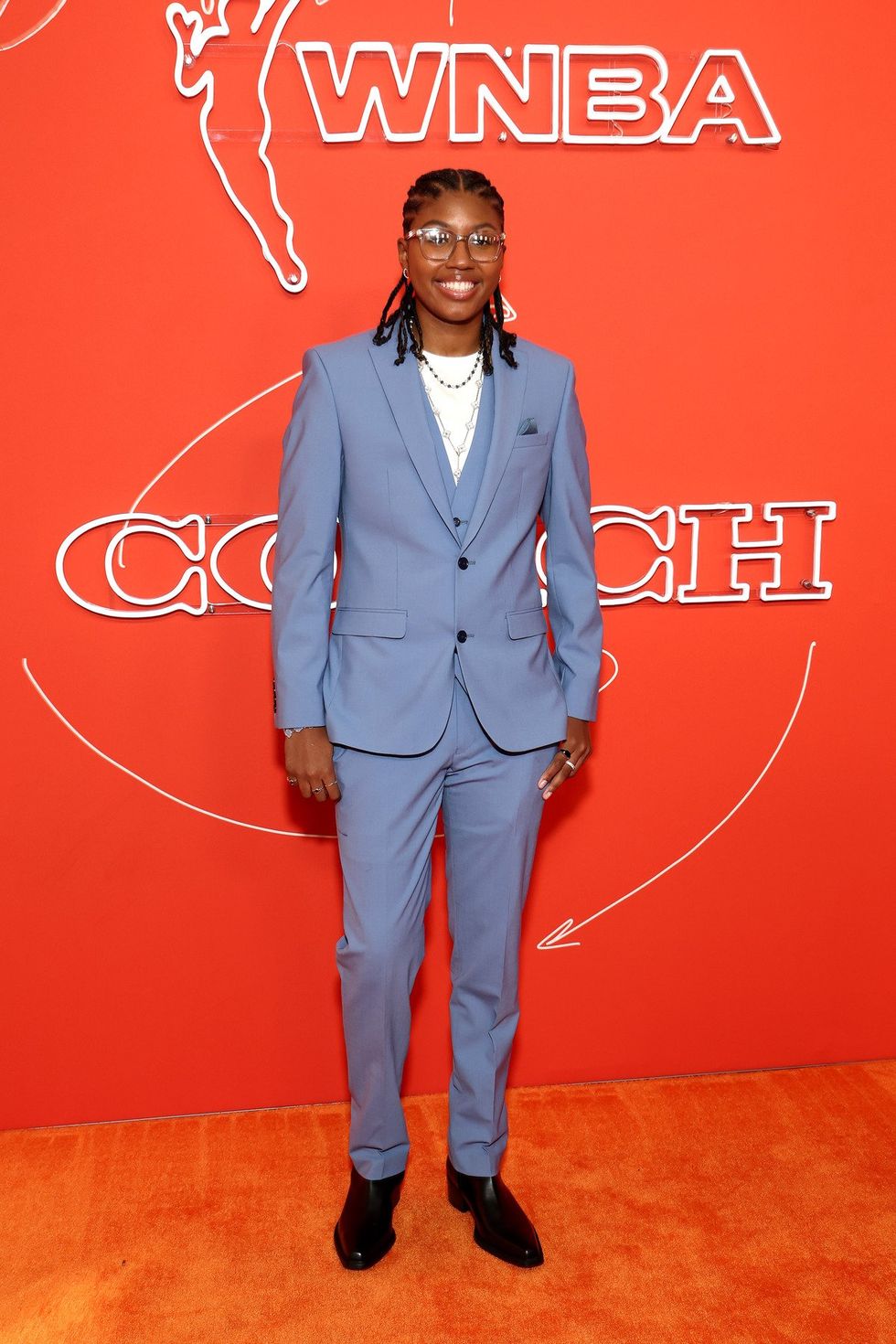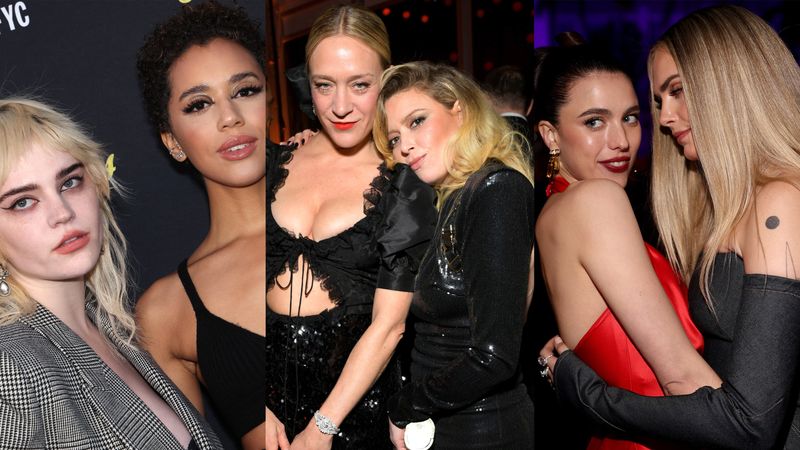In celebrating Black History Month, I want to personally celebrate the courage and strength of sistah-warrior Gladys Bentley (1907-1960).
Bentley a 250-pound African-American lesbian (who today we would consider transgender) was known as "America's Greatest Sepia Piano Player" and the "Brown Bomber of Sophisticated Songs."
Her fall from the entertainment spotlight, however, is a cautionary tale about what can happen to us during a repressive political era when both church and state are our enemies.
A talented pianist and blues singer, and one of the most notorious and successful entertainers during the Harlem Renaissance, Bentley cultivated a large LGBTQ following up until the 1950s. And as an African-American woman whose success derived from her raunchy and salacious lyrics to popular tunes, Bentley not only openly sang about sex, but she also openly lived and celebrated her sexual orientation as an out lesbian.
"It seems I was born different. At least, I always thought so," Bentley told Ebony Magazine back in the '50s. From the time I can remember anything, even as I was toddling, I never wanted a man to touch me. Soon I began to feel more comfortable in boys' clothes than in dresses."
Known to perform in her infamous white tuxedo and top hat, Bentley's gender-bending would label her by today's queer lexicon as a "stone butch." But in black queer parlance of that era, she was a "bulldagger." And the police constantly harassed her for wearing men's clothing.
By the '50s, the country was on a campaign to restore traditional gender roles that were disrupted by W.W. II, and McCarthyism was its policing mechanism. Special attention, however, was given to LGBTQ people.
more on next page...
\\\
(continued)
In February of 1950 McCarthy captured the nation's attention with its anti-communist propaganda that the State Department was riddled with card-carrying members of the Communist party. Just two years prior, in 1948, the House of Un-American Activities Committee (HUAC) had its most infamous case: the indictment of Alger Hiss. With the passing of the McCarran Act in 1950 all noted communists were registered as foreign agents, denied passports, and excluded from employment in both the government and in the defense industry. The witch-hunting did not only targeted real and imagined communists, but it also targeted the nation's LGBTQ population with a vengeance.
After the 1948 Kinsey Report titled "Sexual Behavior in the Human Male" which reported that 37% of American males had at least one gay sexual experience to the point of orgasm the gay male population was now red-baited. Thought to be security risks queers were barred from all branches of the military, and civil service, and they were a constant target of not only police harassment but also of countless arrest in gay bar raids. Harry Hay, founder of the gay male activist organization called the Mattachine Society, was not only forced to abdicate his position as president but he also had to leave the group entirely because of his supposedly communist past.
The McCarthy witch-hunt had a small impact on the black community overall. But the two most noted during this era were W.E.B. Dubois and Paul Robeson. W.E.B. Dubois was the target of red-baiting by the HUAC because he chaired the Peace Information Center, an anti-atomic bomb group, and he co-chaired with Robeson the Council of African Affairs.
With the absence of 16 million men, predominately white, in the workforce, women, and ethnic and queer minorities filled those vacancies.
Women of the time not only transgressed traditional career opportunities, but also traditional dress codes. Women wearing pants to work and on the street, and their availability to purchase pants in department stories, gave women in the '40s and '50s the freedom to dress down and still be viewed as acceptable.
For gender-bending lesbians like Bentley, the wearing of pants - usually confined to the privacy of their home, lesbian bars and on the performance stage - was a welcomed freedom. However, without the consent of the time, except in the private and acceptable spaces where pants were permissible, Bentley wore pants since the '20s.
As troubling as that was, especially given her public lesbianism, Bentley accosted the sanctity of marriage with her active participation in this country's racial and gender obsession - interracial marriage.
Had her "woman-friend" been African-American, their coupling would have clearly been subjected to condemnation and jeering, but their same-gender loving relationship would not have conjured up the wrath, fear and disgust that interracial marriage did. With anti-miscegenation laws operating in all states until 1967, and with LGBTQ people today being denied both the right of both state and church weddings, Bentley single-handedly performed a coup d'etat against the institution of marriage and the prohibition against miscegenation. She married her white girlfriend in a civil wedding ceremony.
To punish her, the forces of McCarthyism and the Black Church made Bentley conform. For supposedly taking female hormones to cure her of her lesbianism, Bentley wrote an article for Ebony Magazine proclaiming, "I am woman again!"
The Black Church stopped railing against her, and the black press lauded her conformity. Now as a churchwoman and ordained minister, the ceremonial act of compulsory heterosexuality had to be consummated. She married a man, albeit 16 years her junior.
With the church's belief in a heterosexual paradigm as the model to showcase black humanity in order to win God-given civil rights, the dynamic between the black press and the Black Church set up a new sexual McCarthyism.
The cautionary tale here is that it is not so different today.
Read more of Rev. Irene's stories.





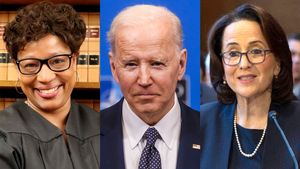



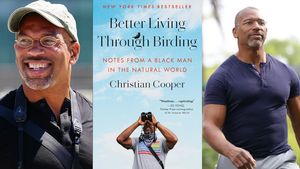








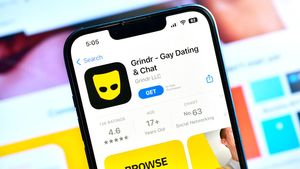


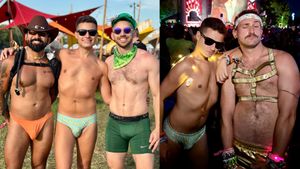






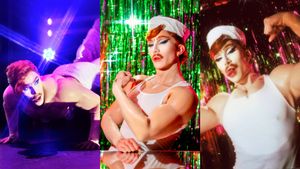



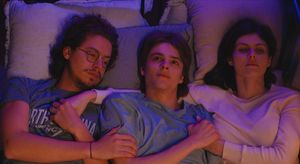










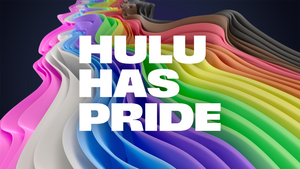








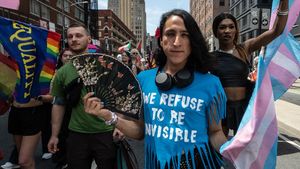




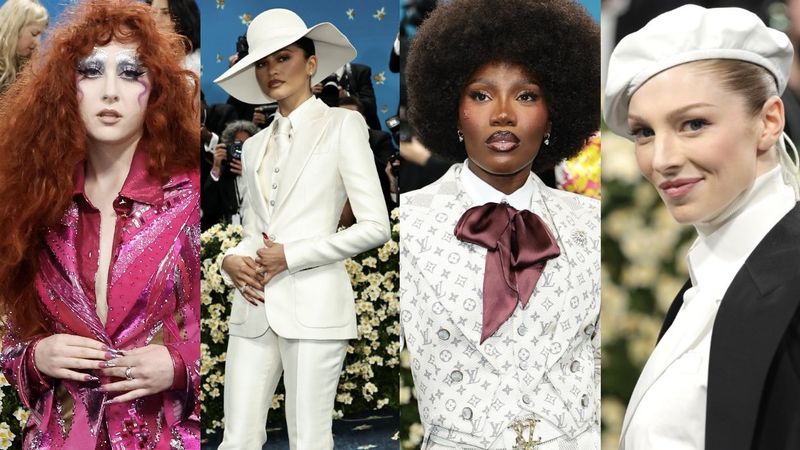
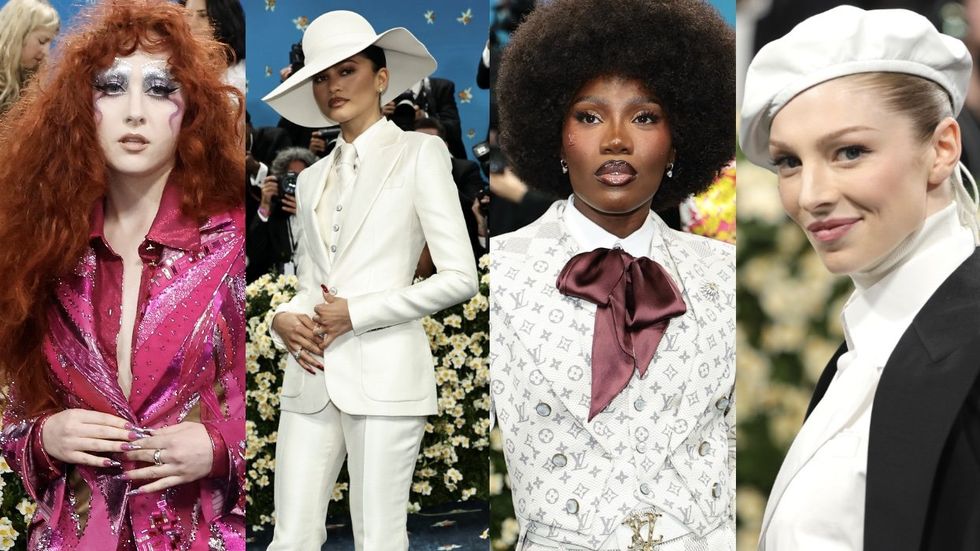



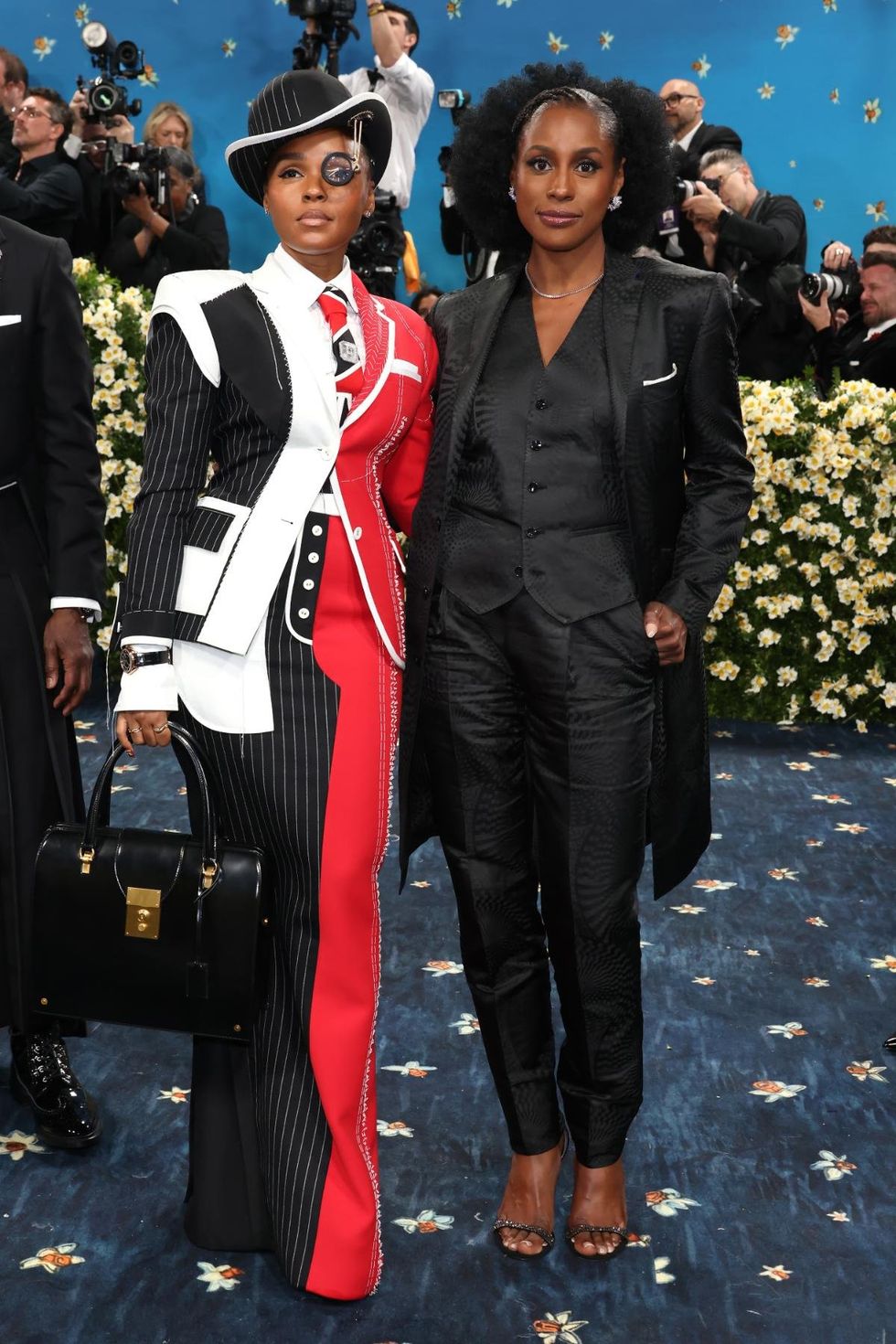

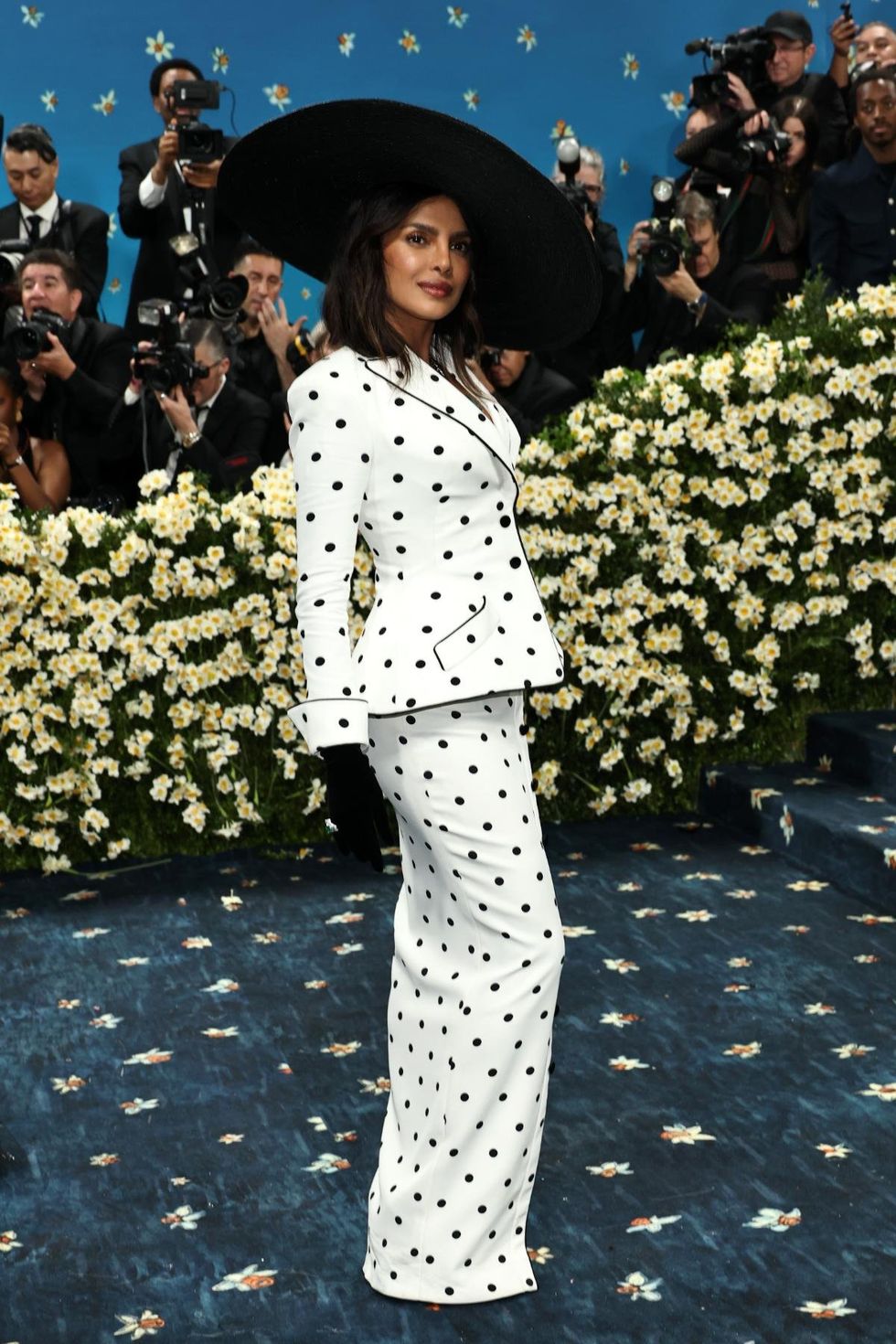












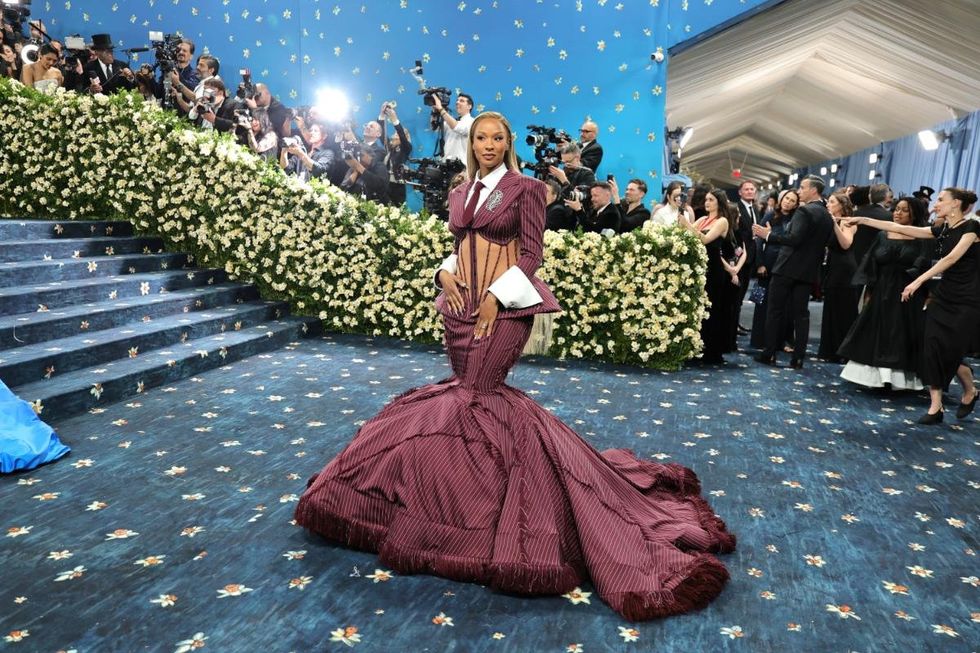

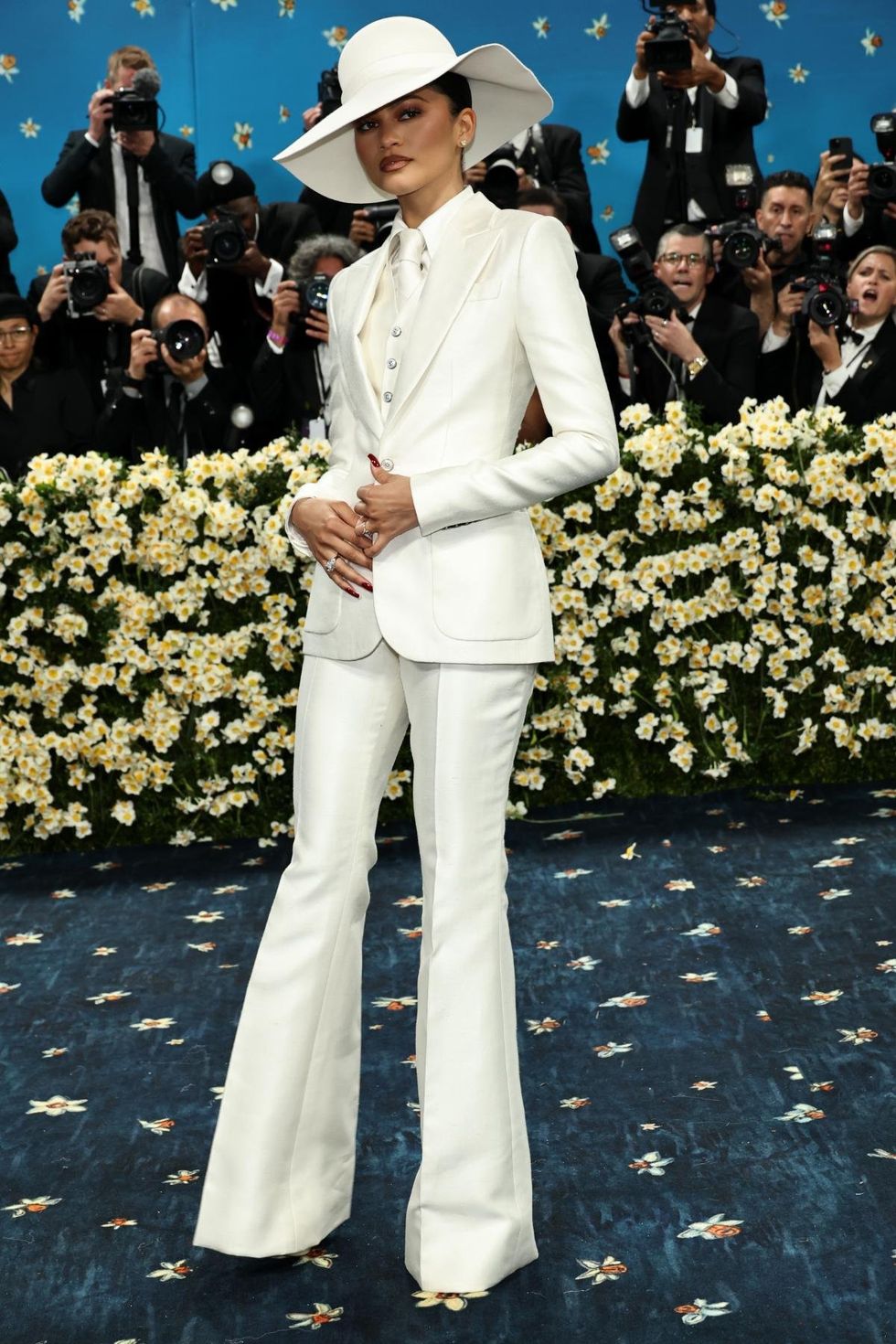



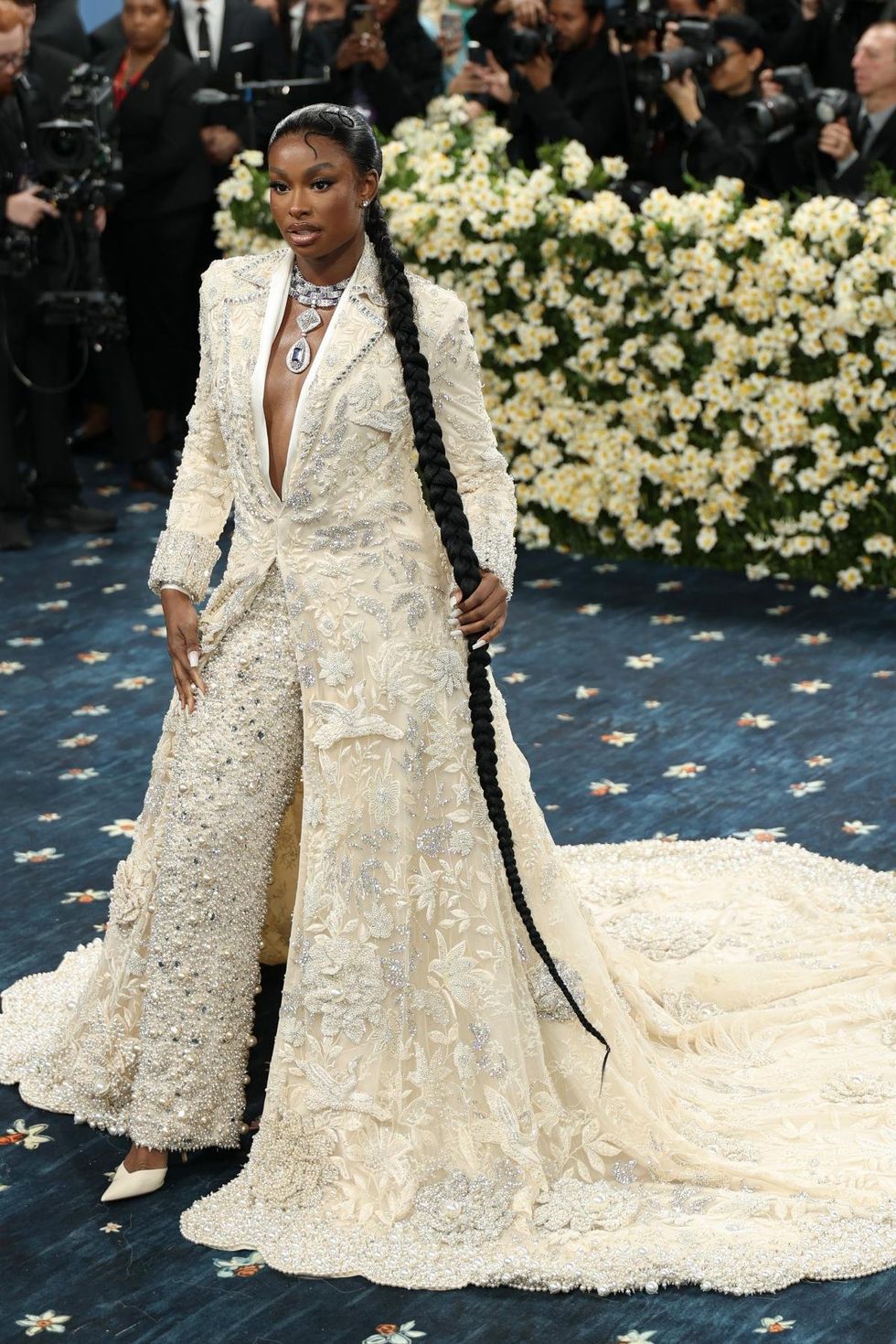









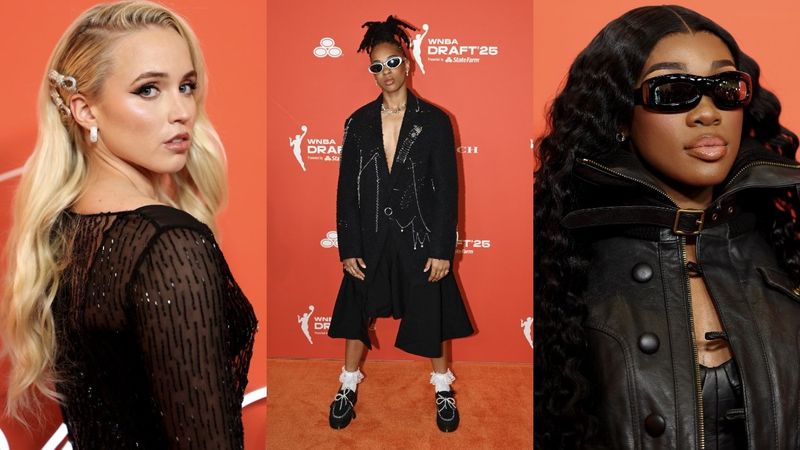
 Cindy Ord/Getty Images
Cindy Ord/Getty Images